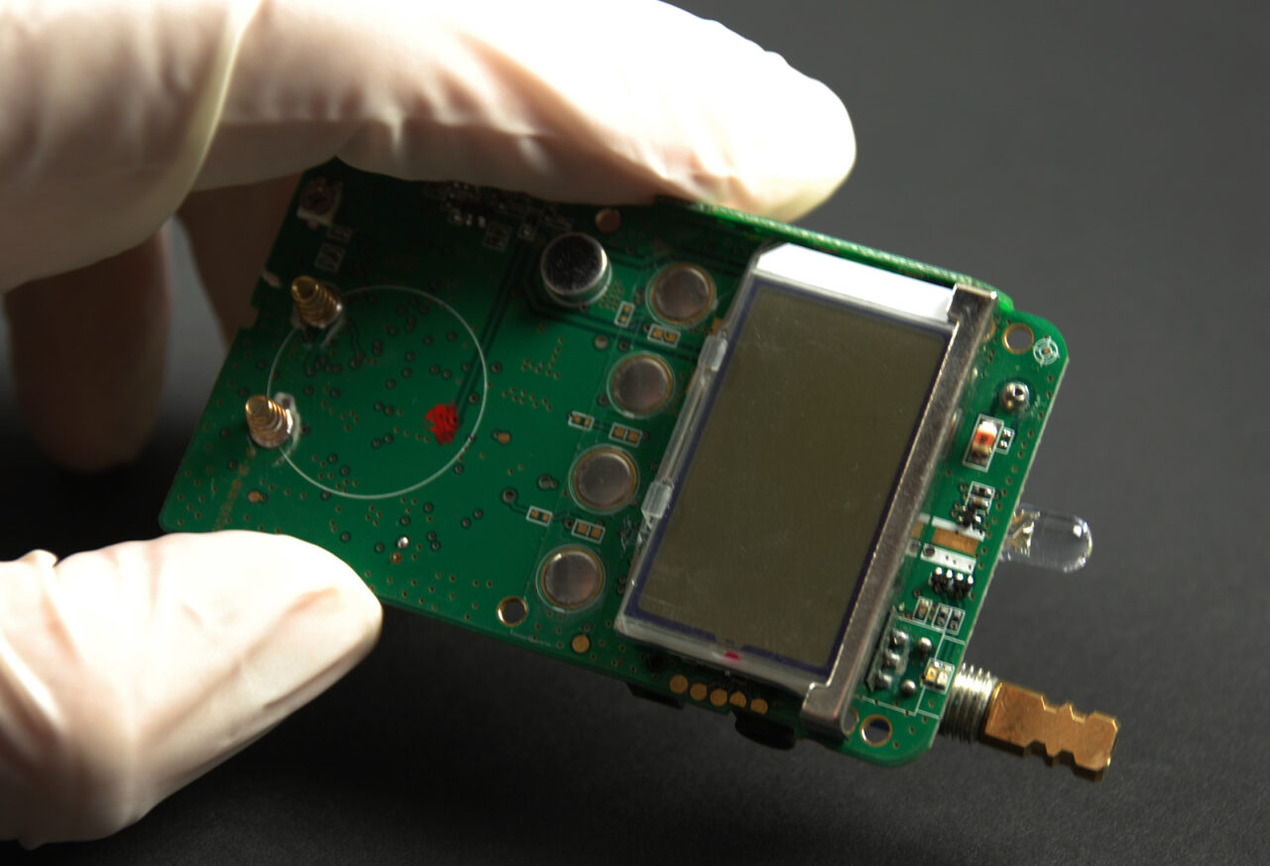
Healthcare and transport are two vital government-managed functions that have been fundamentally impacted, in different, but substantial, ways, by the COVID-19 pandemic. Artificial Intelligence (AI) has eased the burden of healthcare by helping it pivot to a more digital-driven service delivery model while it has kept public transport running across the world.
 OpenGov Asia spoke recently with Howie Sim, Vice President, Healthcare & Transport Client Service Unit for NCS. He is convinced that COVID-19 has accelerated the adoption of AI in the healthcare space. Prior to the pandemic, the sector was predominantly service-oriented with a lot of people-to-people interaction. For better or for worse, COVID-19 disrupted that human to human interaction; and with fears over the infection, segregation and distancing became the norm.
OpenGov Asia spoke recently with Howie Sim, Vice President, Healthcare & Transport Client Service Unit for NCS. He is convinced that COVID-19 has accelerated the adoption of AI in the healthcare space. Prior to the pandemic, the sector was predominantly service-oriented with a lot of people-to-people interaction. For better or for worse, COVID-19 disrupted that human to human interaction; and with fears over the infection, segregation and distancing became the norm.
The inflexion point for Singapore, Howie believes, came when the nation instituted their lockdown – which coincided with the government setting-up a Community Care Facility (CCF). As the infection rate began to soar to one thousand cases a day, the CCF quickly turned to AI for help in handling admissions. Public health care organisations, including the CCF, approached NCS to leverage their AI capabilities.
Deployment of AI was from the mundane to the complex. For example, AI allowed patients to take their temperature and upload the information to a platform, where the data would be analysed.
AI-powered virtual nurses/assistants offer help to overwhelmed medical staff with more routine work. Robots are even more versatile and are constantly being improved on. Robots, like real-life staff, need to travel between floors, but the existing physical infrastructure was not created to cater to such needs. So AI/ML is being used to train robots to take lifts (elevators) between floors.
Another prime example is video surveillance to detect situations where there are physical risks to a patient – falling in the ward or out of bed. While this can be a common occurrence among patients, many of whom may not have the strength to walk or get out of bed, staff may come through in time. AI-enabled surveillance monitored wards can alert workers immediately in case of such incidents.
NCS has been engaged in research and development work with robotics for healthcare facilities before the pandemic, but since COVID-19 struck, it has drawn a lot more attention. Before the pandemic, Howie recalls, people thought these things were ‘neat’ or a ‘great gimmick’, but with the pandemic, such solutions were seen in a whole new light.
Not only can robotic help free up nurses to attend to more critical services that require human-to-human interaction, but it will also minimise human error. This was, in fact, key learning during the community care facility exercise. Without AI, robotics or virtual assistance, staff were working 14 to 16 hours a day which resulted in a very laborious and labour-intensive experience. For example, if a patient has a certain allergy or needs special medication, that has to be recorded in the admission. If due to fatigue, being spread too thin or overwhelmed, nurses don’t get the right information, it becomes a potentially patient-safety issue. AI or automation at this stage – admission and registration – can drastically reduce risks and have better safer outcomes.
Moving forward, Howie knows the importance of many applications in the healthcare sector. And right on the horizon is immunisation. As the country prepares to take on its national vaccination exercise, it is, again, nurses who will be called to the frontlines to carry out the inoculation. NCS is planning to build on its experience with the Community Care Facility and adopt AI and robotics to automate and speed up the process while easing the burden on staff.
Is the Public Workforce ready for AI/robotics?
The introduction of AI has not come without any concerns from the healthcare community. A common fear is that automation and robots will replace humans. People are concerned about their relevance and need – in short, they fear losing their jobs.
Howie allayed these fears, saying that it’s a perspective issue. He feels that the workload of nurses increases, but resources are finite, so they need something to augment them. Thinking should be around how to manage staffing in such a manner that AI and/or automation become complementary to the existing workforce.
The question then is how to maintain a set of human resources, established around an AI/automation strategy, that can be augmented when necessary. Essentially this creates a more stable employee model – where staff can be ramped-up when needed and then scaled-down after the crises have passed.
AI has progressed to a point where it is complementary to both assessment and analytical work, opines Howie, “There’s no better time to democratise AI to the health care professionals.”
While healthcare has advanced, transport has been challenged
If COVID-19 has driven the healthcare industry to transform, it has forced the transport industry into a painful regression. Howie acknowledges that the public-transportation space has been very hard-hit.
The aviation industry has been grounded, the cruise industry has dried up, and even public transport has been hobbled by commuters who are steering clear of elbow-to-elbow daily transit.
But that doesn’t mean there’s no opportunity for AI, feels Howie; quite the contrary. Straight off the top, the movement of goods is still vibrant, and Singapore is a transhipment hub for this region and the world – making it ripe for AI and automation-driven transformation.
But far more importantly, people still have to travel, albeit in smaller geographical areas, less frequently and far more intentionally. In the context of the pandemic, this means certain protocols and norms need to be followed – which could be intentionally or unintentionally disobeyed. Here’s where AI and automation come to the rescue.
For example, there is video analytics, where algorithms can be used to measure if the distance between two people is one meter – or whatever the specified norm is. Face recognition technology can be applied to determine whether people are wearing the appropriate masks. And there’s what Howie calls sound analytics to ascertain whether people are talking too long.
These are applications that can be readily deployed in public transportation immediately. Granted, these technologies are used primarily for analytics, but, Howie points out, they can be integrated into solutions and platforms to keep people safe and informed. This would spark confidence among commuters to use public transport and enable governments to rethink WFH norms, movement control and lockdowns.
Before the pandemic Singapore’s goal was to move to a car-lite society, investing more in public transport to ease congestion, and reduce the country’s carbon footprint. Howie is convinced that AI and digital technology can be leveraged in democratising the transport space but more on the operator side. It can be used to ease the resource and cost pressures of a workforce that has to maintain safety in the new normal.
NCS has been meeting with public transport officials to explore how to overcome the plethora of constraints in the transport sector. “Transport is so important to cities and countries because it keeps people moving, and economic activity going,” Howie states firmly.
In the end, both healthcare and transport are the life-blood of a nation, literally and metaphorically. In an increasingly VUCA environment, it behoves governments and organisations to exploit the potential that AI, automation and robotics have to offer. They can help better-manage the present and create a safer, sustainable future.
















